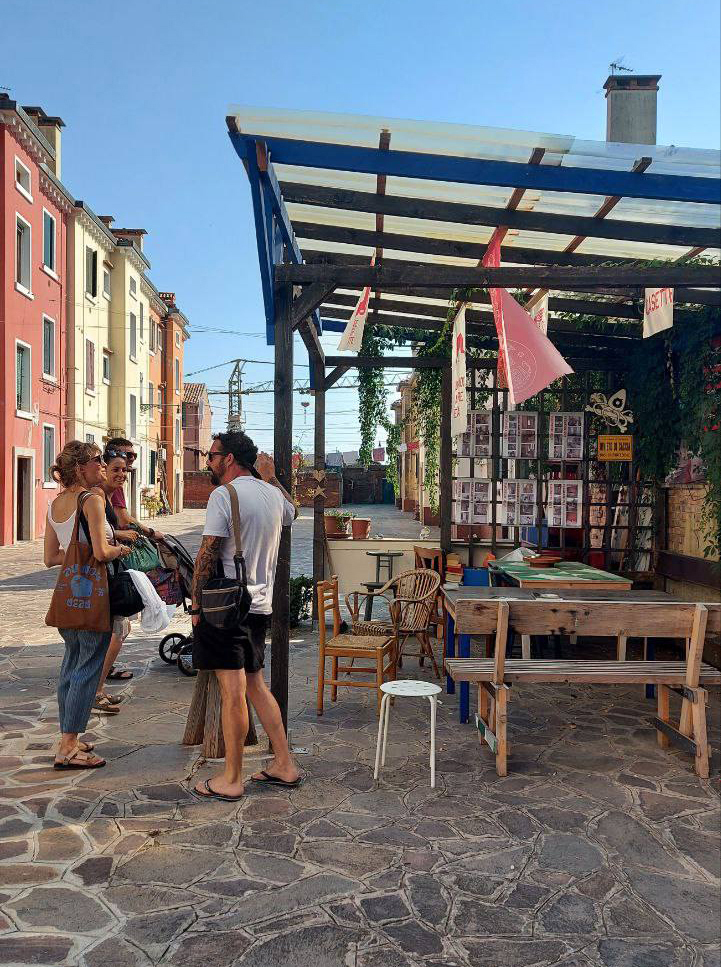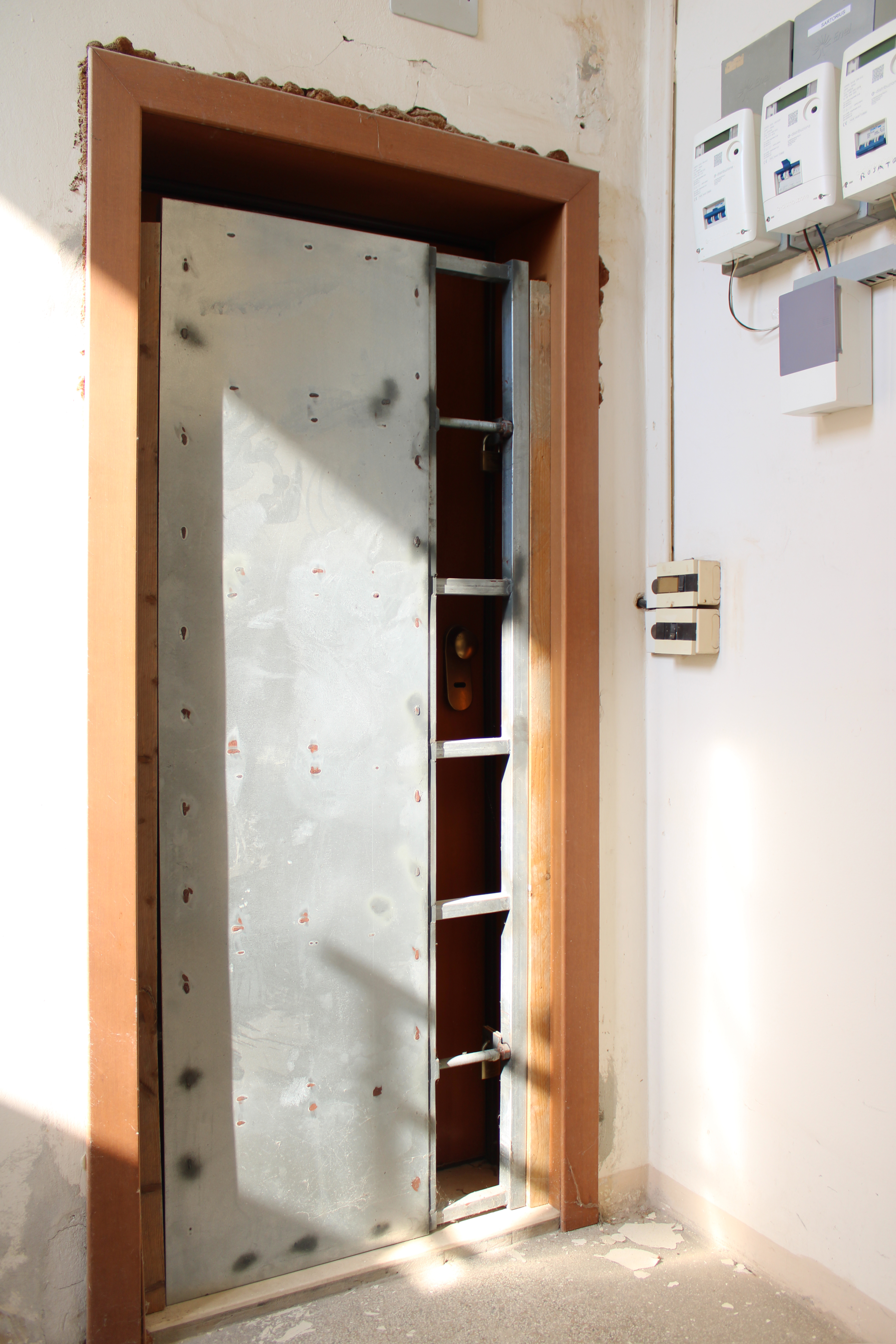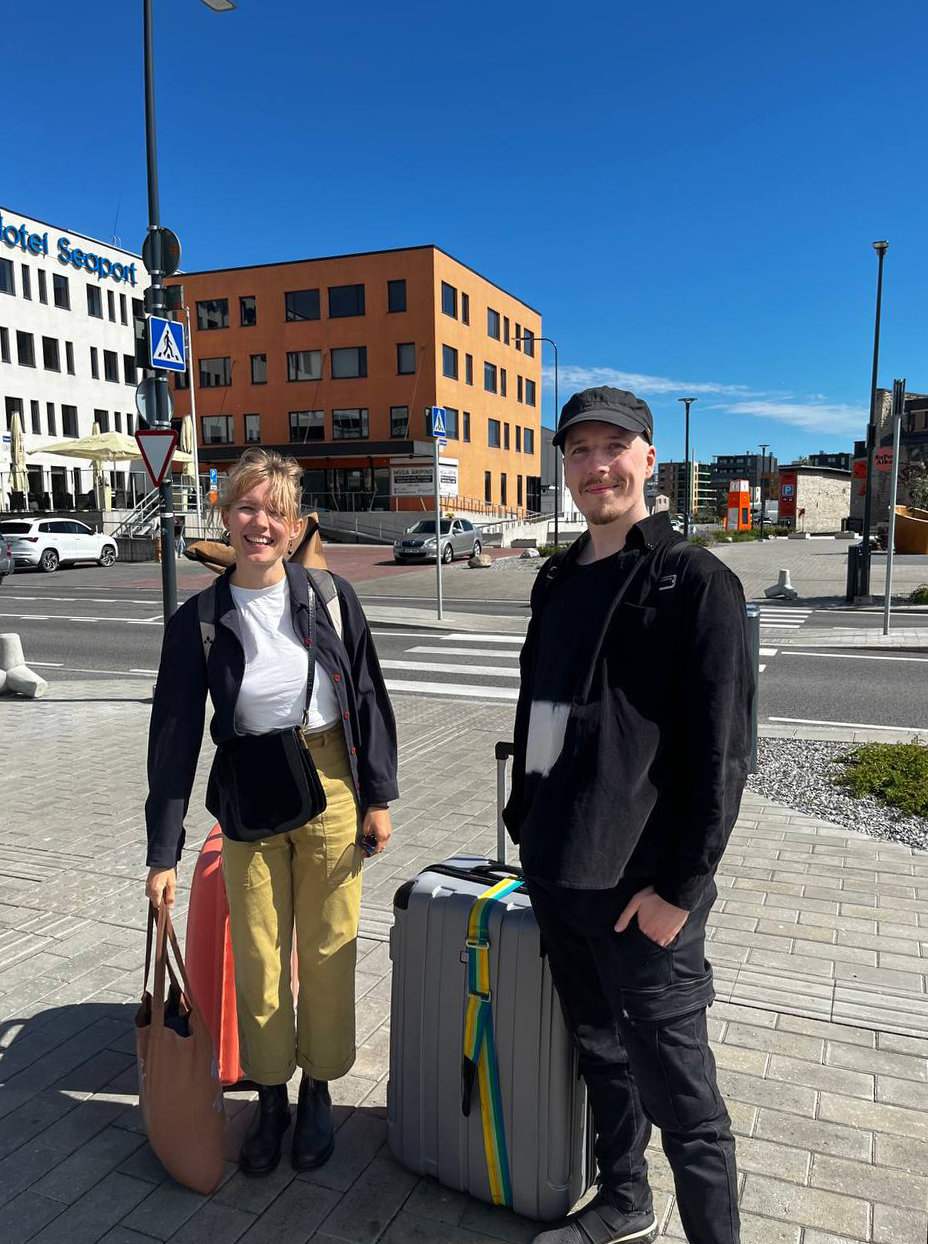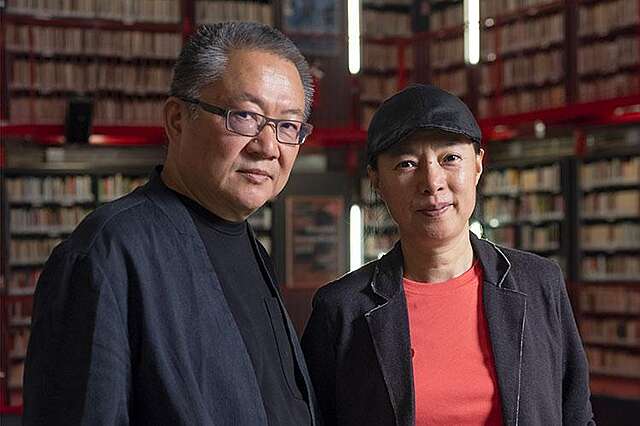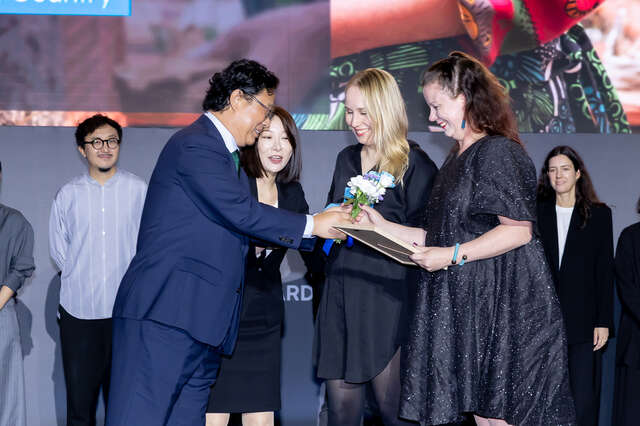Savouring slowness
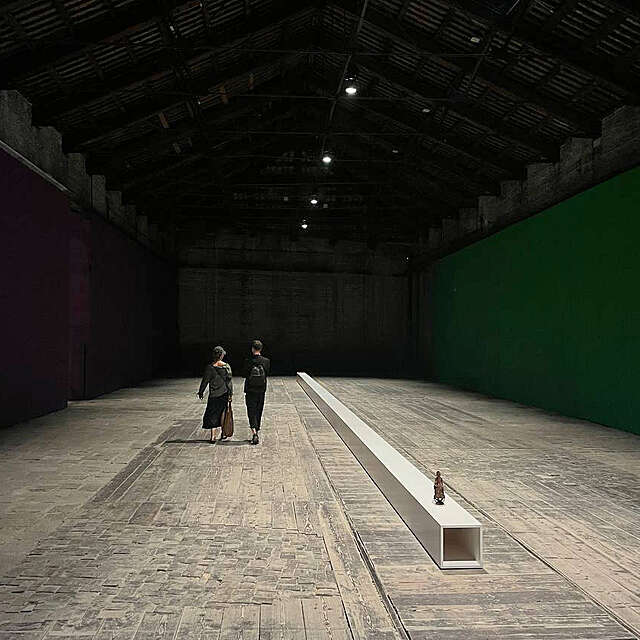
Antti Auvinen
Ella Kaira and Matti Jänkälä, curators of the Pavilion of Finland at next year's Biennale Architettura, travelled overland to Venice and spent there a month. During their field trip, they realised that Venice's resilience is deeply rooted in its people.
After five days of travelling through shifting landscapes – from Baltic pine forests to Poland's endless cornfields and past Austrian wind farms – a Venetian vaporetto picks us up near St. Lucia's train terminal.
As curators of the Pavilion of Finland for the Biennale Architettura 2025 in Venice, we embarked on an overland journey from Helsinki to Venice this summer to better understand the local context of our upcoming exhibition.
Headaches and sore limbs after a 2,500-kilometer journey through Europe by ferry, bus, and train serve as reminders of the physical distance between home and destination, reminding us that when we enter another country or city, especially with the intention of imposing our creations, we are merely visitors.
A longer field research trip that connects with local life, however, inspires a new approach to architecture, born from a dissatisfaction we feel when faced with the complexities of the global capitalist system.
We seek out the places where people gather, laugh, eat, and play – often in spots not marked on urban design plans. Our aim is to gain a deeper understanding of the social dynamics within urban spaces and, in Venice, explore how local residents have organised and defended their city at the intersection of the climate crisis and over-tourism. As Italian architect Giancarlo di Carlo, a member of the countercultural Group 10, aptly stated: "I must learn from life; life doesn't have to learn from me."
Interdependent living
Venice has a rich history where life extends from cramped living rooms onto the streets, creating gatherings in public spaces. For a long time, knowing one's neighbour was the norm. Various forms of mutual aid were common among residents, addressing issues that affected their living conditions.
Venetians currently face numerous challenges: The population in the centro storico – the historic centre – has more than halved since the 1950s due to a shortage of affordable housing and the city's focus on mass tourism. This has forced many residents to relocate to the mainland and has led to increased privatisation of public spaces.
Venice's resilience, however, is deeply rooted in its people, and it manifests in two key ways.
First, through the interconnectedness of issues like environmental destruction and affordable housing, where addressing one often helps resolve others. Second, through the strong community bonds among residents who understand and share each other's challenges.
Many activists in Venice are involved in multiple causes: it is not uncommon for those who oppose large cruise ships in the fragile Lagoon waters to be also involved in housing activism or environmental matters.
Venice reminds us that individuals are always intertwined with webs of relationships, systems, landscapes, and communities. As Arturo Escobar, Michal Osterweil, and Kriti Sharma write in their book Relationality: An Emergent Politics of Life Beyond the Human, “There is no such thing as an individual; rather, it makes more sense to speak of persons in relations.”
Embracing relationality in architecture may help us discover non-destructive ways to connect with our environment, each other, and ourselves in the age of the climate crisis.
From slow travel to slow architecture
Today, in architecture, much of the work takes place detached from the place in question, and architects often find themselves working long hours on computers, focused on line drawings and 3D models, rather than engaging directly with the physical world.
Slow travel enables slow architecture. By extending a site visit from a brief day or weekend trip to a month-long stay, we have the chance to fully immerse ourselves in the local environment and develop potentially meaningful relationships with local communities. Enduring daily temperatures of 35 degrees Celsius under the Venetian sun allows us also to viscerally experience the local conditions – a physical discomfort that holds a connection to reality that computer simulations simply cannot replicate.
During our trip, these experiences prompted us to reflect on our role within broader systems, like the vast tourism industry, that impact the lives of Venetians. Just as our upcoming exhibition aims to spark a discussion about what happens once a building is constructed, we also want to consider what our exhibition will leave behind.
Embracing slowness in both travel and architecture can foster new relationships and facilitate the exchange of knowledge with local experts. Venice's historical success has partly relied on its openness to outsiders, making mutual interaction a source of knowledge exchange. By understanding how, today, local communities sustain Venice, a city at the forefront of climate change, we can gain valuable insights from their experiences as climate change takes its toll simultaneously everywhere.
But to achieve this, one element is essential: time.




